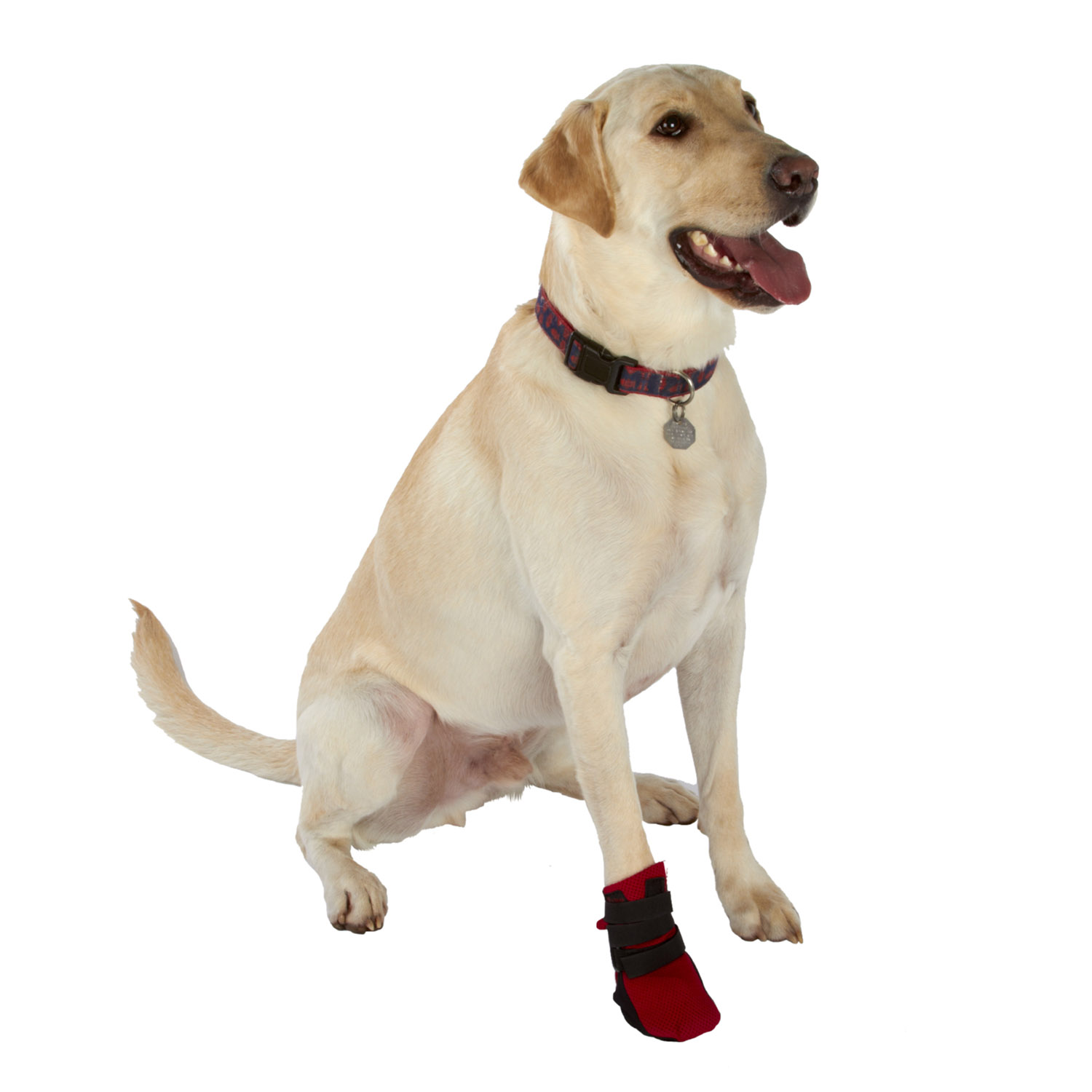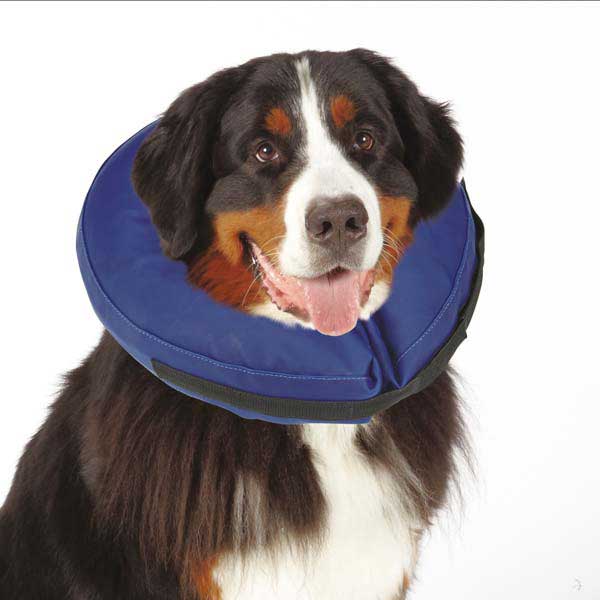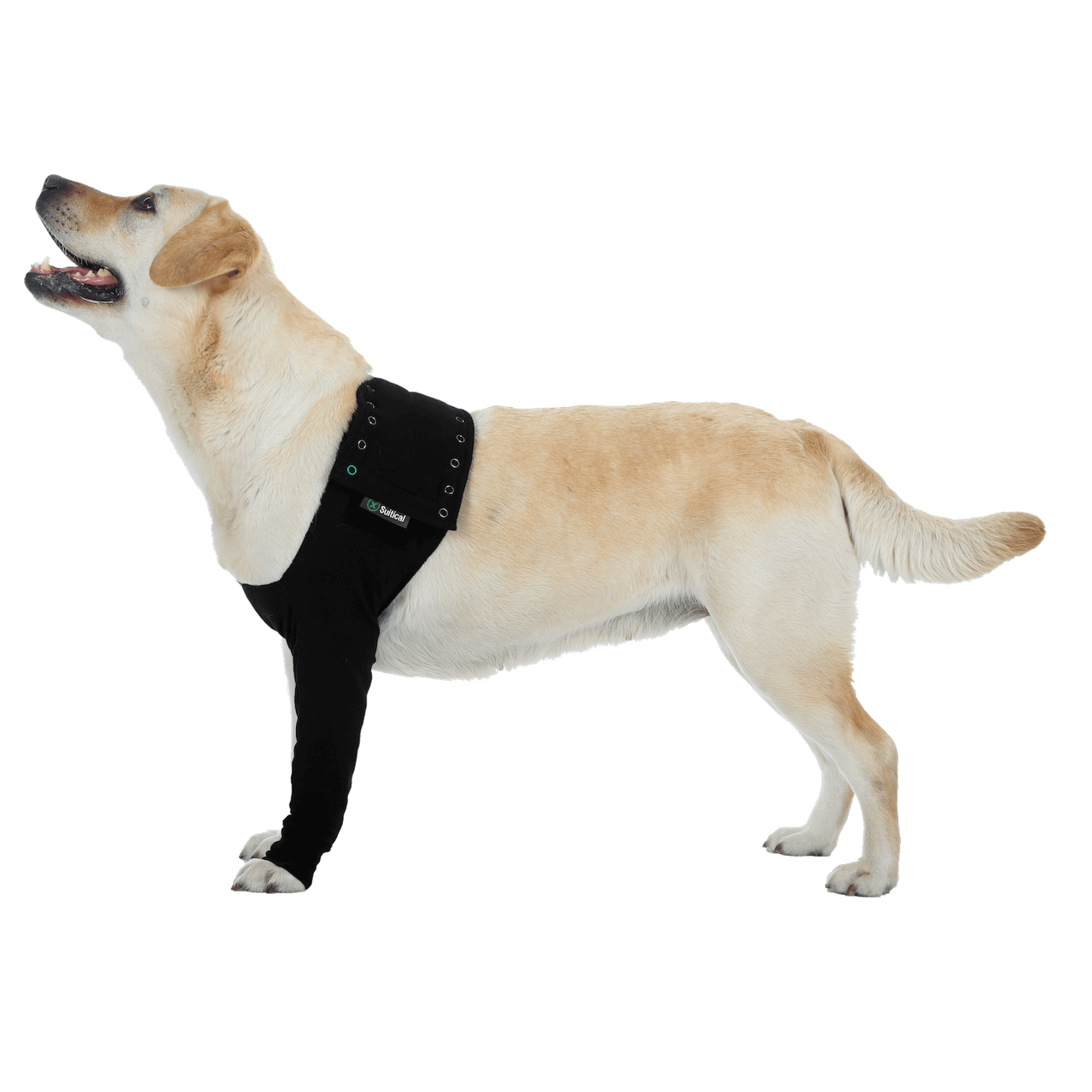As a loving pet owner, you want what's best for your furry friend. You buy them the best foods and treats, dedicate time to play and walks, and offer plenty of affection. Still, even in the happiest and safest homes, accidents can happen, and unexpected injuries can occur. When such events take place, the quicker you can apply first aid, the better, but the ability to provide that aid depends on your level of preparation and what supplies you have on hand.
Assembling a Pet First-Aid Kit
A well-stocked pet first aid kit can help minimize bleeding from injuries, sanitize wounds, and stave off significant issues until your pet can get to the veterinarian. It is your first line of defense in an emergency. A basic first-aid kit should include several essentials:
• Antiseptic wipes or solution
• Adhesive tape
• Cotton swabs
• Digital thermometer
• Emergency blanket
• Gauze pads and rolls
• Saline solution
While you can purchase each item individually, purchasing a pre-existing kit is often more cost-effective. Three suitable options include:
• Alcott Adventure Dog First Aid Kit
Other items you may want to include in your kit include a cold pack, muzzle, and pet-specific medications. While the muzzle might seem extreme, it is important to remember that injured pets are potentially defensive and dangerous. The animals are often frightened and confused and only want to be left alone. The muzzle ensures that you nor anyone else gets bitten by the scared animal.
When selecting a muzzle, consider the material and fit. Because you will use the muzzle on an injured animal, it is likely best to find something more comfortable, made from a durable fabric, such as the Guardian Gear Fabric Mesh Dog Muzzles - Red. The aim is to find a comfortable, secure muzzle that prevents biting or nipping opportunities.
Whether you buy a pre-existing kit or put it together on your own, you want to customize the kit to your pet and its needs. Sometimes, it is beneficial to explore breed guides to find injuries that are common with your dog or cat and design the kit around those issues.
Creating an Emergency Action Plan
Even the calmest person can become panicked during a crisis. Panic leads to mistakes that can sacrifice crucial minutes during an emergency response. Preparation can help alleviate the sudden onset of panic and anxiety.
An emergency action plan is a pre-established guide to help you manage your panic in an emergency by following a pre-existing set of rules and information. An emergency plan should include:
• Veterinarian information (contact information and hours of operation)
• Emergency contacts (nearest 24-hour animal hospital and pre-planned route, local pet poison control numbers, etc.)
• Support network (friends, family, and neighbors who can help with pet care during an emergency)
• Pet information (reference sheet of pet's medical history, current medications, and allergies)
Beyond the basics, you might consider posting signs on your property indicating the number of pets on the premises. The Rescue Our Pets Emergency Decals help emergency services identify pets in the event of a disaster, such as a fire.
You can also invest in cards for your wallet or purse, such as Emergency Wallet Cards - Help My Pets. If you are in an accident, the card can help emergency services plan for contacting people to care for your pets while recovering in the hospital.
Reducing Risks At Home
Focus on pet-proofing your home to reduce your pets' risks and limit the need for pet first aid. While the process can seem daunting, it is manageable with a few tips. First, you must think like your pet. If it helps, get down on their level to see the environment from their perspective. What looks most tempting or accessible? Is it the pantry, laundry room, or the backyard? Once you identify the spaces, it is time to pet-proof.
The most dangerous areas for pets include the bathroom, laundry room, garages and sheds, and the backyard. The bathroom usually has medications, cleaning supplies, hair products, and cosmetics, all of which are toxic if ingested. To secure these items, put them into cupboards and cabinets, and while it might seem like overkill, install child-proof locks or latches. Animals, especially cats, are curious explorers; they will find a way into enclosed spaces.
Like the bathroom, the laundry room usually has cleaning supplies, and it also has laundry detergent and fabric softener. Again, ingesting any of these chemicals is toxic and potentially lethal for pets. Similarly, garages have cleaning agents, pesticides, weed killers, and other chemicals that are dangerous for animals.
Many pet parents are surprised to learn that backyards, even fenced yards, are not entirely safe. Wild animals can get into a fenced backyard. Stray dogs or cats can find ways under or over fences. To protect pets, it is best to have a fenced yard, but you may also want to invest in a roofed kennel to limit the risk of wildlife interactions. You can also buy a tie-out, such as the Boss Pet Twin-Swivel Vinyl Coated Cable Dog Tie-Out, to prevent your dog from digging around fenced edges or interacting with wildlife passing through your yard.
Pet first-aid is about preparation and prevention. By investing in a first-aid kit, developing an emergency plan, and taking necessary precautions in your home, you can reduce the risks of pet injuries and illnesses. You can also ensure that you are ready should an emergency arise.
















